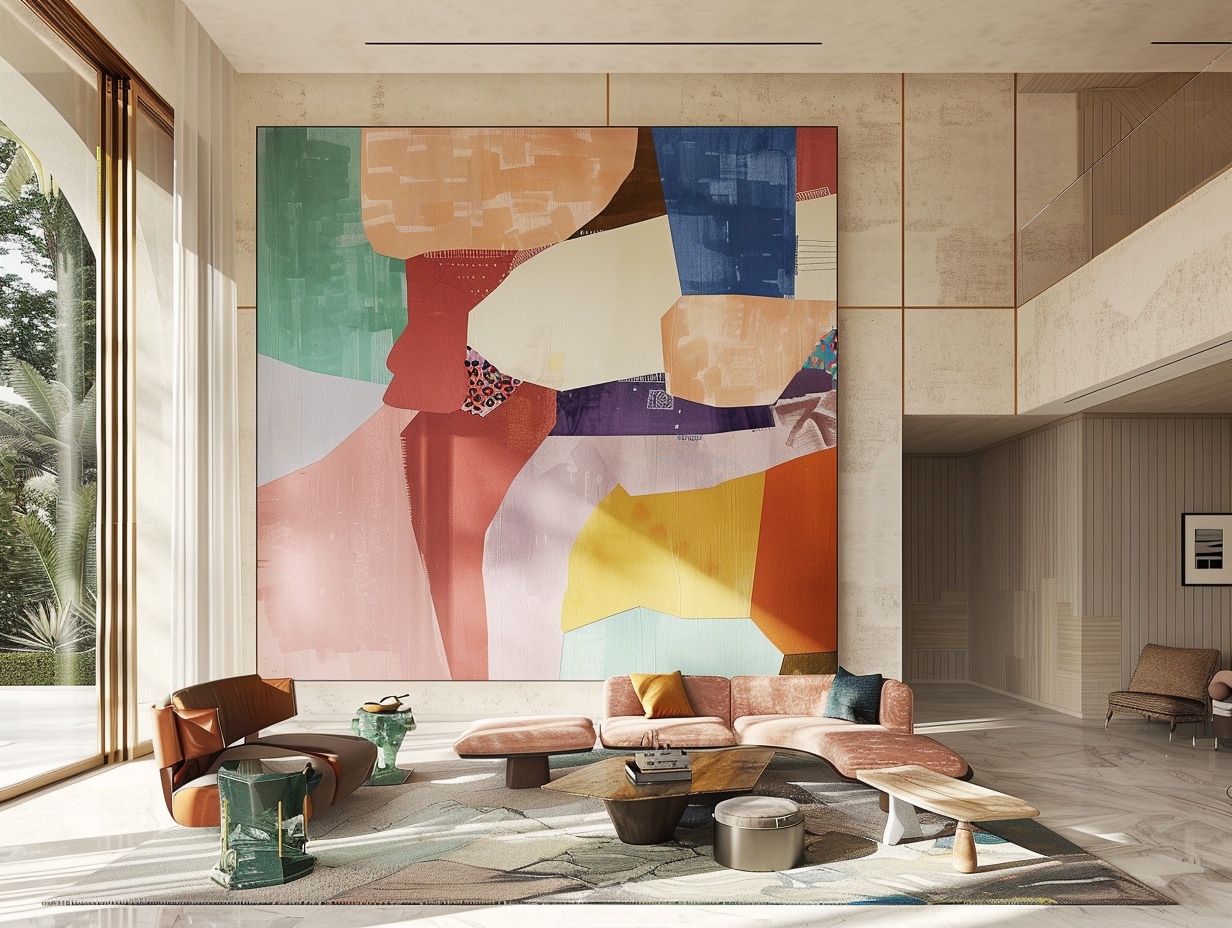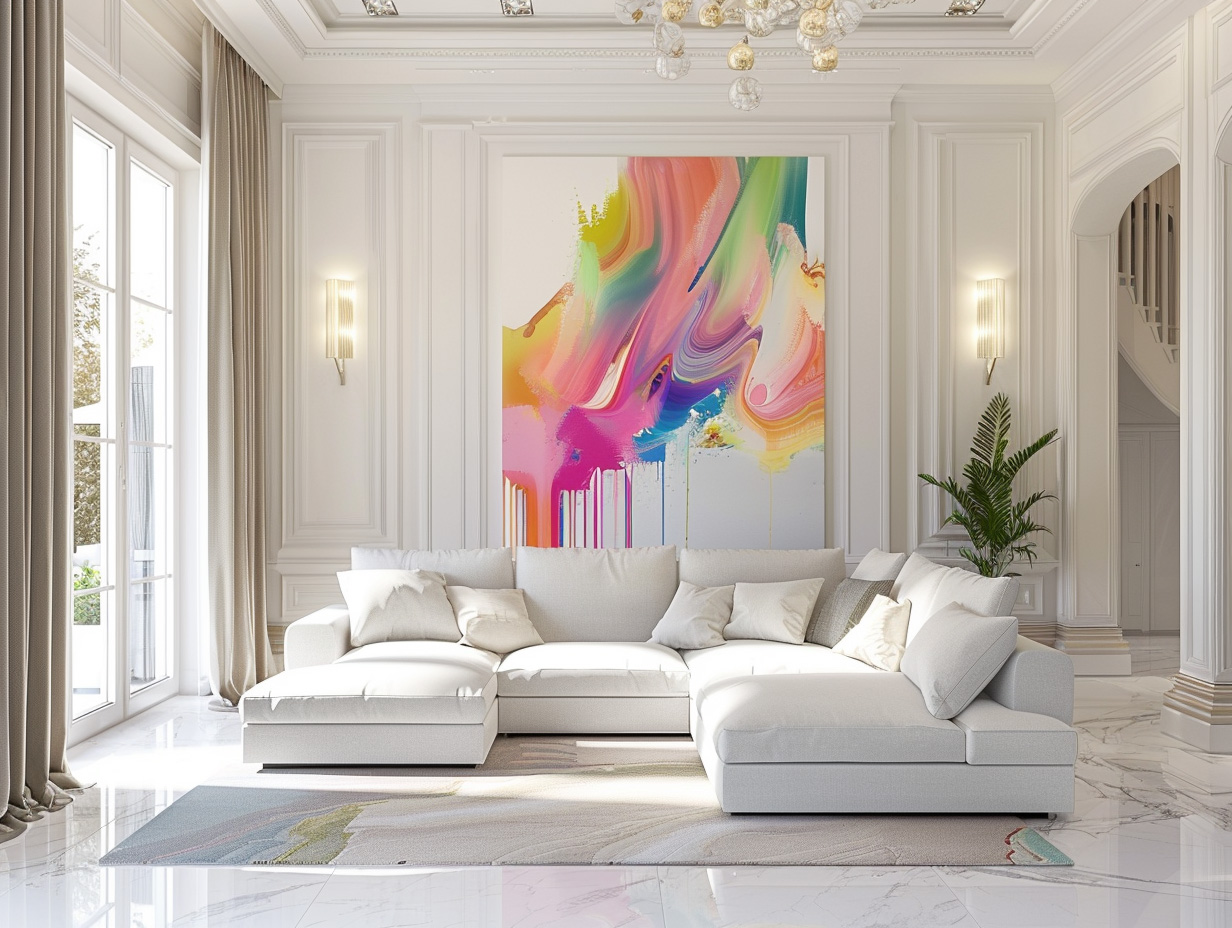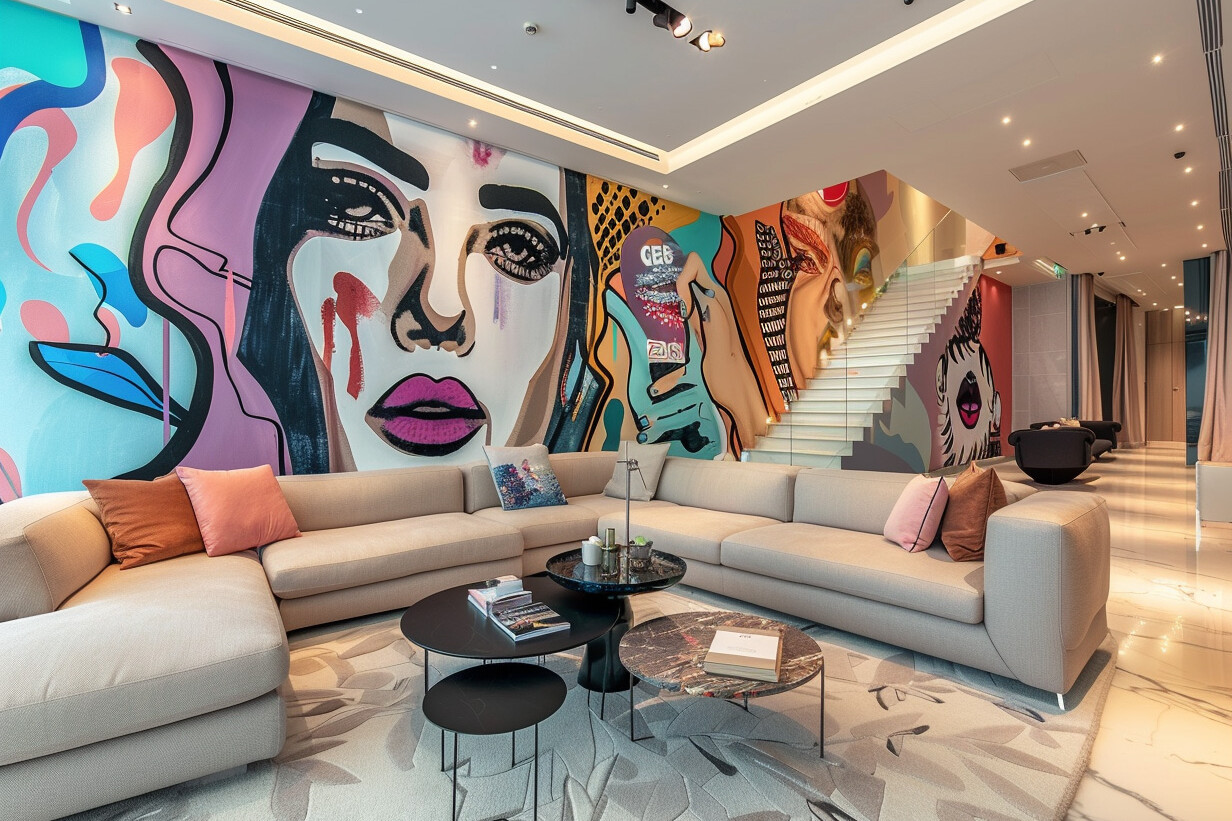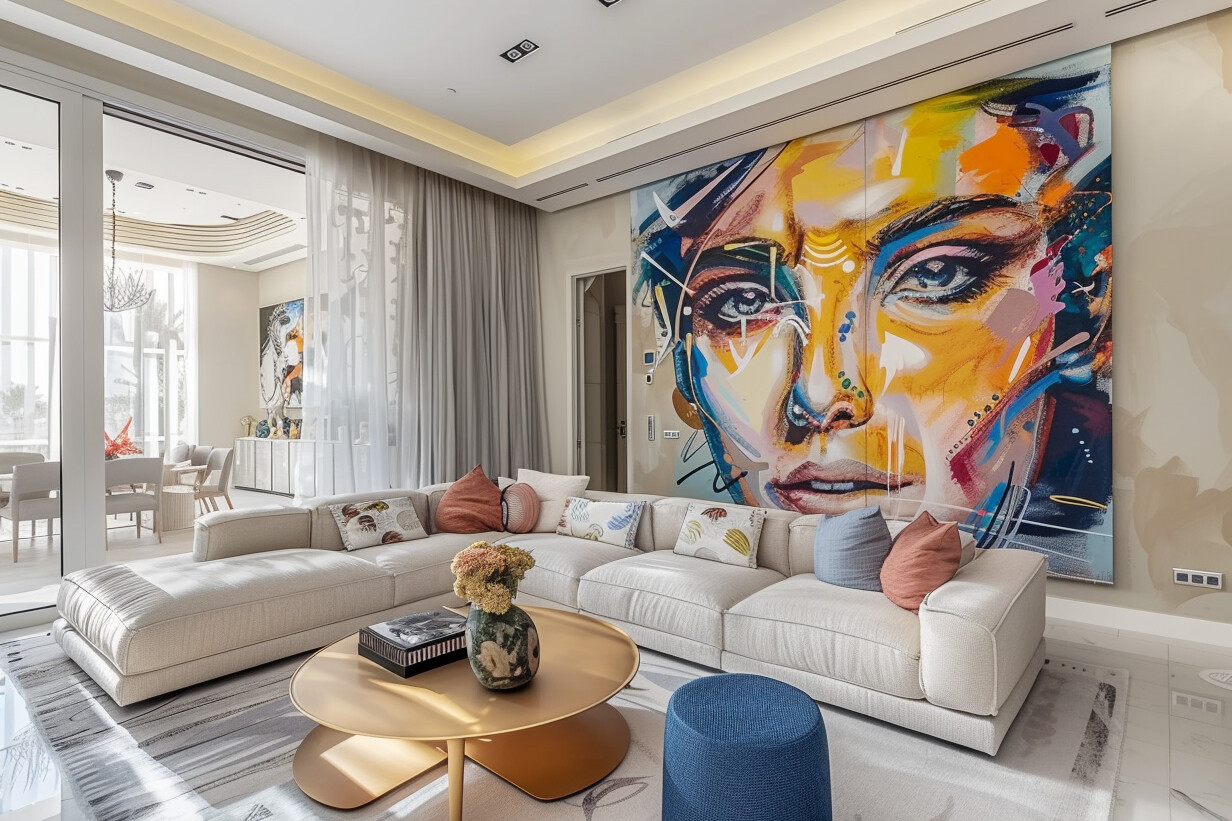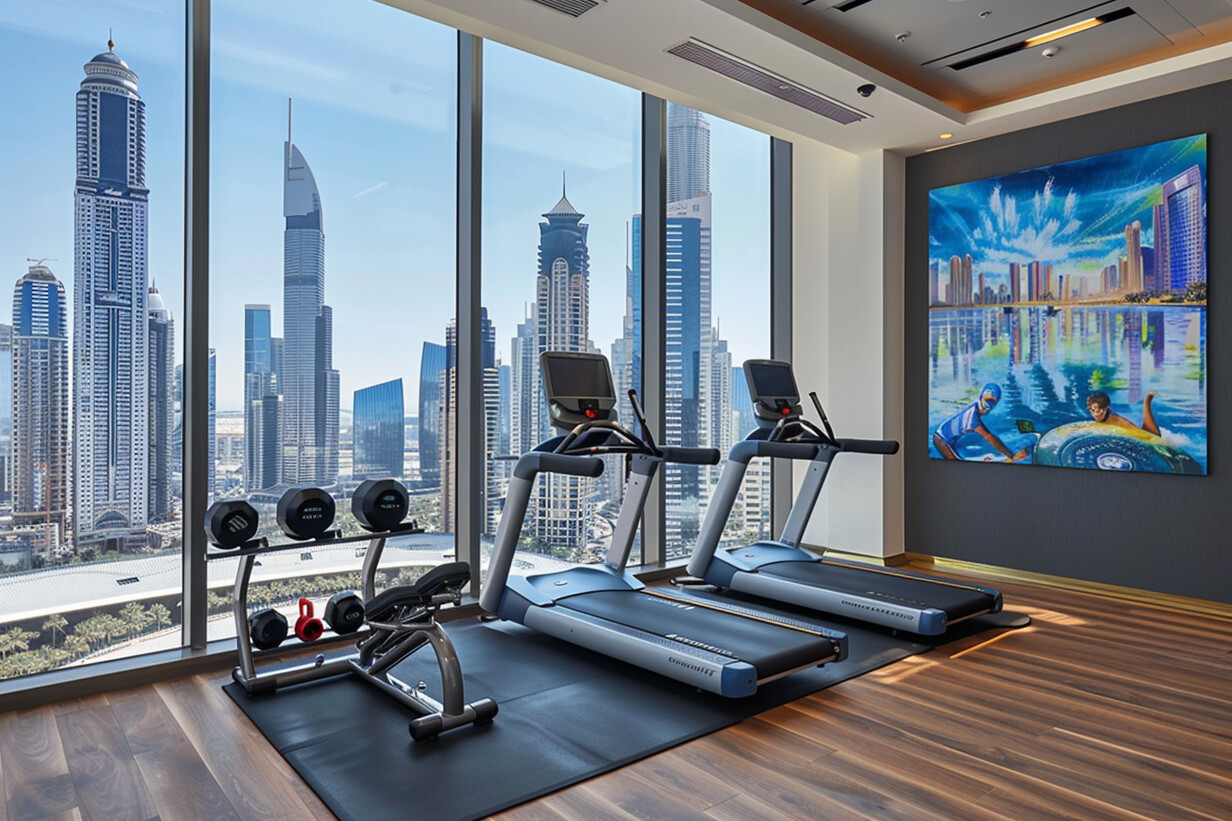Dubai, a city known for its luxurious skyscrapers and opulent lifestyle, is now embracing a new form of urban art that might just revolutionize the real estate market – street art. Picture this: vibrant murals adorning the walls of sleek high-rises, transforming the cityscape into an open-air gallery. But, could these artistic interventions be more than just visually appealing? Could they hold the key to enhancing the property value in Dubai? In a metropolis where every square foot is prime real estate, the intersection of street art and property value might seem like an unlikely pairing. However, as we delve deeper into the correlation between urban aesthetics and financial benefits, a compelling narrative unfolds. Join us on a journey to explore how the infusion of creativity into the concrete jungle of Dubai could potentially elevate the market attractiveness of properties, making them not just buildings but coveted pieces of real estate investment.
 Transforming Urban Spaces
Transforming Urban Spaces
One of the primary reasons why street art has gained traction in Dubai is its ability to transform urban spaces. The city, known for its sleek and modern architecture, can sometimes feel sterile and lacking in character. However, with the addition of vibrant murals and graffiti, these spaces come alive with color and creativity.
Street art has the power to turn a mundane building into a work of art, attracting attention from both residents and visitors alike. It adds a sense of uniqueness and individuality to the surrounding environment, making it more visually appealing. Potential buyers or tenants are drawn to properties that stand out from the crowd, and street art provides just that.
Moreover, by incorporating street art into urban spaces, developers can create a sense of community engagement. Public artworks often become landmarks or meeting points for locals and tourists alike. This sense of belonging fosters a positive perception of the area, making it more desirable for potential investors.
Attracting a New Wave of Buyers
The inclusion of street art in properties has the potential to attract a new wave of buyers who appreciate urban aesthetics. In recent years, there has been a shift in consumer preferences towards unique and unconventional living spaces. Potential buyers are no longer satisfied with cookie-cutter designs; they seek properties that reflect their individuality.
By incorporating street art into real estate projects, developers can tap into this growing demand for distinctive homes. The presence of vibrant murals or graffiti adds character to the property, making it stand out from other offerings in the market. This uniqueness appeals to buyers who want their homes to be an extension of their personality.
In addition to attracting individual buyers, street art can also appeal to businesses looking for office spaces that reflect their brand identity. Companies often seek out locations that align with their values and aesthetics. By incorporating street art into commercial properties, developers can attract tenants who value creativity and innovation.
Street Art as a Unique Selling Point
Street art has the potential to become a unique selling point for properties in Dubai. In a competitive real estate market, developers are constantly looking for ways to differentiate their offerings from others. The inclusion of street art provides a distinct advantage.
Potential buyers or tenants are more likely to remember a property that features eye-catching murals or graffiti. It creates a lasting impression and sets the property apart from others in the market. This memorability can translate into increased interest and ultimately lead to higher property values.
Furthermore, street art can also contribute to the overall experience of living or working in a particular area. It adds an element of surprise and delight as people discover new artworks while exploring the neighborhood. This sense of discovery enhances the overall appeal of the property, making it more desirable for potential buyers or tenants.
Case Studies: Successful Implementations of Street Art in Real Estate
To understand the impact of street art on property value in Dubai, let’s explore some successful case studies where this creative intervention has been implemented.
In one instance, a residential complex incorporated street art throughout its common areas, including hallways and communal spaces. The vibrant artworks not only enhanced the visual appeal but also created a sense of community among residents. As a result, demand for units within this complex increased significantly, leading to higher property values.
In another example, an office building decided to commission local artists to create murals on its exterior walls. This transformed an otherwise plain-looking structure into an artistic masterpiece that caught the attention of passersby and potential tenants alike. The building quickly became known as an innovative and creative hub within the business community, attracting high-profile companies and driving up rental prices.
Conclusion: The Future Outlook of Street Art in Dubai Real Estate
The infusion of street art into the real estate market in Dubai has the potential to significantly impact property values and market attractiveness. By transforming urban spaces, attracting a new wave of buyers, and serving as a unique selling point, street art can elevate properties from mere buildings to coveted pieces of real estate investment.
As developers continue to recognize the value of incorporating creativity into their projects, we can expect to see more instances of street art being integrated into the fabric of Dubai’s urban landscape. This trend not only enhances the visual appeal but also contributes to a sense of community and individuality.
With its ability to captivate audiences and create memorable experiences, street art is poised to play an increasingly important role in shaping the future of Dubai’s real estate market. As property values continue to rise, those who embrace this artistic movement stand to benefit both financially and aesthetically.
Related Posts
4 avril 2024
What Are the Legal Implications of Incorporating Graffiti in Dubai’s Real Estate Developments?
As urban art continues to redefine the…
4 avril 2024
Can Street Art Influence the Resale Value of Properties in Dubai?
As investors and homeowners explore new…
1 avril 2024
Can Graffiti Art Increase the Value of My Property in Dubai?
In the world of real estate, where…
